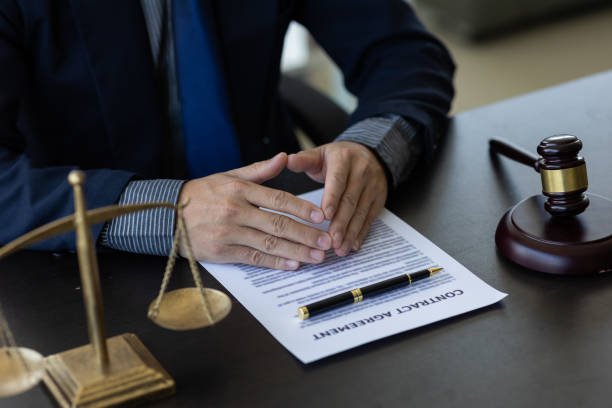Introduction:
Bus accidents, though infrequent compared to other modes of transportation, can have severe consequences, leading to injuries, fatalities, and significant emotional distress. Understanding the causes, consequences, and preventive measures associated with bus accidents is crucial for fostering safer transportation systems.
Causes of Bus Accidents:
1. Human Error: The majority of bus accidents result from human error, including driver fatigue, distraction, or impairment. Adequate training and strict adherence to safety protocols can mitigate these risks.
2. Mechanical Failures: Bus accidents can also occur due to mechanical failures, such as brake malfunctions or engine issues. Regular maintenance and stringent inspection processes are essential to prevent such incidents.
3. Adverse Weather Conditions: Weather-related factors, such as rain, snow, or fog, can significantly impact road conditions and visibility, increasing the risk of accidents. Drivers and operators must exercise caution and adapt to changing weather conditions.
4. Road Infrastructure: Poorly maintained roads, inadequate signage, and deficient infrastructure contribute to bus accidents. Collaborative efforts between transportation authorities and local governments are vital for addressing these issues.
Consequences of Bus Accidents:
1. Injuries and Fatalities: Bus accidents often result in injuries ranging from minor to severe, with some cases leading to fatalities. Passengers, pedestrians, and other motorists may be affected, emphasizing the need for rigorous safety measures.
2. Emotional and Psychological Impact: Survivors of bus accidents, as well as witnesses, may experience emotional trauma. Addressing the psychological impact of such incidents is crucial for promoting holistic recovery.
3. Legal Ramifications: Bus accidents can lead to legal complications, with investigations determining liability and potential legal consequences for drivers, operators, or other parties involved. Clear regulations and thorough investigations are vital for ensuring accountability.
Preventive Measures:
1. Comprehensive Training: Ensuring that bus drivers receive thorough training in safety protocols, defensive driving, and emergency procedures is essential for accident prevention.
2. Regular Maintenance: Implementing strict maintenance schedules for buses and conducting regular inspections can help identify and address mechanical issues before they lead to accidents.
3. Technology Integration: The integration of advanced safety technologies, such as collision avoidance systems and driver monitoring tools, can enhance overall safety on buses.
4. Infrastructure Improvements: Collaborative efforts between transportation authorities and local governments to improve road infrastructure and address safety concerns can significantly reduce the risk of accidents.
Conclusion:
Bus accidents are complex events with multifaceted causes and consequences. A holistic approach that combines rigorous training, technological advancements, and collaborative efforts between stakeholders is necessary to minimize the occurrence of such incidents. By prioritizing safety, we can create a transportation environment that protects passengers, pedestrians, and motorists, fostering a more secure and reliable public transportation system.



